Push and pull workouts are popular, straightforward workouts that target different muscle groups on different days through either pulling or pushing actions. They are usually combined with a leg (lower body) workout in a routine referred to as PPL (Push, Pull, Legs).
The rhythm of the routine is extremely helpful if you’re looking for more variety and focused training in your fitness journey. There are a few different ways to approach push and pull workouts. So, let’s take a closer look at what they entail—and why they’re effective so you can decide how best to include them in your workout routine.
Push vs Pull: What’s the Difference?
When you include push and pull workouts in your workout routine, you target specific muscle groups without overworking them. This helps you gain muscle evenly, build power, and optimize muscle recovery time—which helps you avoid injuries and muscle soreness.
Push Workout
Take a second to stretch out your arms in front of you as if you’re pushing against something and notice which muscles activate. A push workout is made up of various exercises that use the pushing action. These exercises target your chest, shoulder, and triceps muscles for 45 - 60 minutes per session.
As you move from one focused exercise to the next, you continue working muscles that are already stimulated. This helps you get to the point where growth is possible.
Some common push exercises include:
-
Push-ups
-
Bench presses
-
Seated dumbbell shoulder presses
-
Triceps press downs
-
Triceps extensions
Pull Workout
When was the last time you played tug of war? Imagine pulling on something really heavy right now. Can you feel different muscles working compared to the pushing action? A pull workout includes exercises that use the pulling motion to activate your back, biceps, and forearms for 45 - 60 minutes per workout.
Some common pull exercises include:
-
Bicep curls
-
Face pulls
-
Pull-ups
-
Dumbbell shrugs
-
Deadlifts
Of course, these exercises can stand alone, but when they’re combined and used to target specific muscles, you’ll get the best results and a more efficient workout—and you can work hard knowing there’ll be at least two days of rest before you work them hard again.
Examples of Push-Pull Workout Routines
The magic behind push-pull routines is in the recovery time. When you target specific muscles, others that worked hard a day or two before continue their recovery—while you continue your progress.
There are many options when it comes to push and pull workouts. It’s always best to start slower and build up as you gain strength.
Beginner Push-Pull Routine
For a beginner interested in building muscle, start off with three days a week (45 - 60 mins per workout). Your routine might look something like this:
-
Monday - Push (bench presses, dumbbell shoulder presses, triceps extension etc)
-
Tuesday - Rest
-
Wednesday - Pull (bicep curls, pull-ups, dumbbell shrugs etc)
-
Thursday - Rest
-
Friday - Legs and Core
Remember, this is in addition to your regular fitness routine. “Rest” simply means not doing any targeted push, pull, or leg work. To gain muscle, we recommend ramping up the frequency of your push-pull and leg workouts as you gain strength and confidence—moving from three to five or six days per week.
Intermediate or Advanced Push-pull Routine
If you’ve been actively working on muscle gain for longer than six months, you’ll want to adopt a more intensive push-pull workout routine in addition to your normal fitness routine.
Here’s an idea of a six-day push-pull legs workout routine (45 - 60 mins per workout).
-
Monday - Push (bench presses, dumbbell shoulder presses, triceps extension etc)
-
Tuesday - Pull (bicep curls, pull-ups, dumbbell shrugs etc)
-
Wednesday - Legs and Core
-
Thursday - Push (side lateral raises, dips, overhead press etc)
-
Friday - Pull (face pulls, pullovers, lat pulldowns etc)
-
Saturday - Legs and Core
-
Sunday - rest
Note: Another option is a continuous four-day routine: Push Pull Legs Rest Repeat.
You’ll notice that we’ve listed different push and pull exercises above. You can decide which exercises work best for you but shaking things up and including different ones keeps your training interesting, and challenging, and helps you work different muscles in the background.
Tips for Push-Pull Workouts
To get the most out of your PPL routine, consider the following tips. Gaining muscle and strength is a lifestyle—it’s more than what happens at the gym.
Consistency is Key
Obviously, you’ll have off days, but stick to your routine as much as you can. If you do take a break, remember to ease back into it slowly but steadily. Set goals for yourself and be willing to work!
Warm-Up and Cool Down
As with any workout, warming up your body prepares your muscles and your mind for what’s coming. You’re less likely to sustain injuries and, if you cool down effectively, you’ll delay muscle soreness and improve blood flow throughout your body.
Say Yes to Quality Protein
Maintain a healthy calorie intake to refuel your body after your push-and-pull workouts. You already know that protein is essential when you’re building muscle—it supports growth and recovery—but not all protein is created equal. Supplement with whey protein when you can and your body will notice the difference.
Hydrate
Drink, drink, drink. Hydration is essential not only during your training session but for recovery in the hours and days afterward. Without enough water, you’ll experience headaches and fatigue. Make it a habit.
Sleep Well
The easiest investment in your health is often the one most neglected. Get your 7 to 9 hours of sleep each night and approach your push, pull, and leg routine feeling energized and refreshed. Remember you’re going to be targeting specific muscles for at least 45 minutes—you’ll need focus and energy.
Push and pull workouts go together like your biceps and triceps. They’re completely different, but both vital. Find a push-and-pull routine that suits your strength and stamina, and stick with it.
You’ll build muscle and gain power without overdoing it, and you’ll always know what to focus on at the gym. It really is that simple!
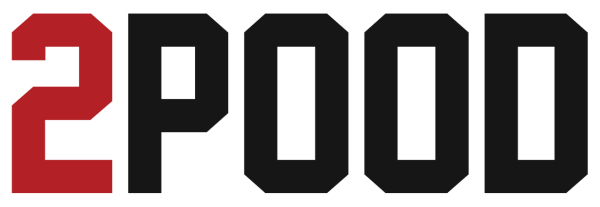
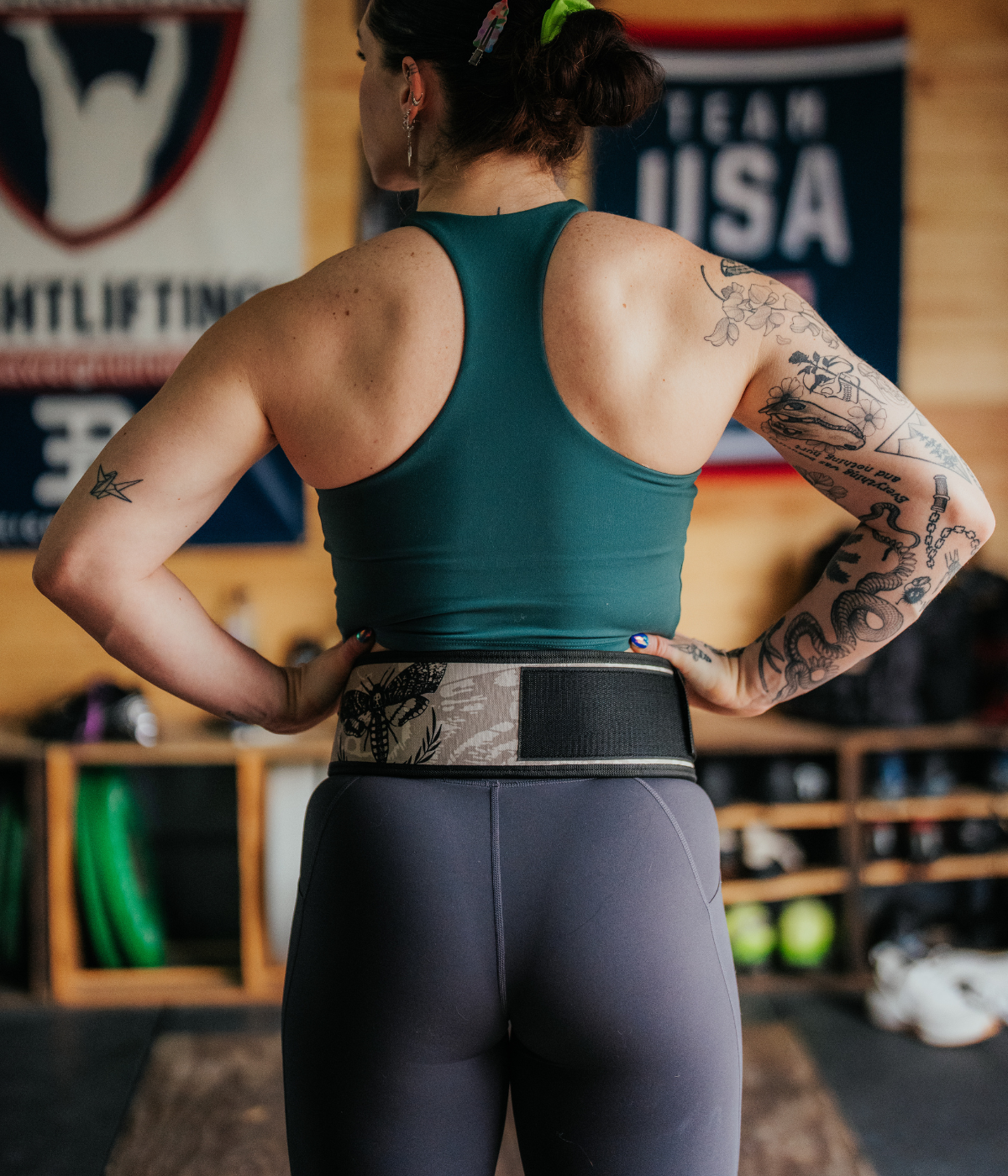
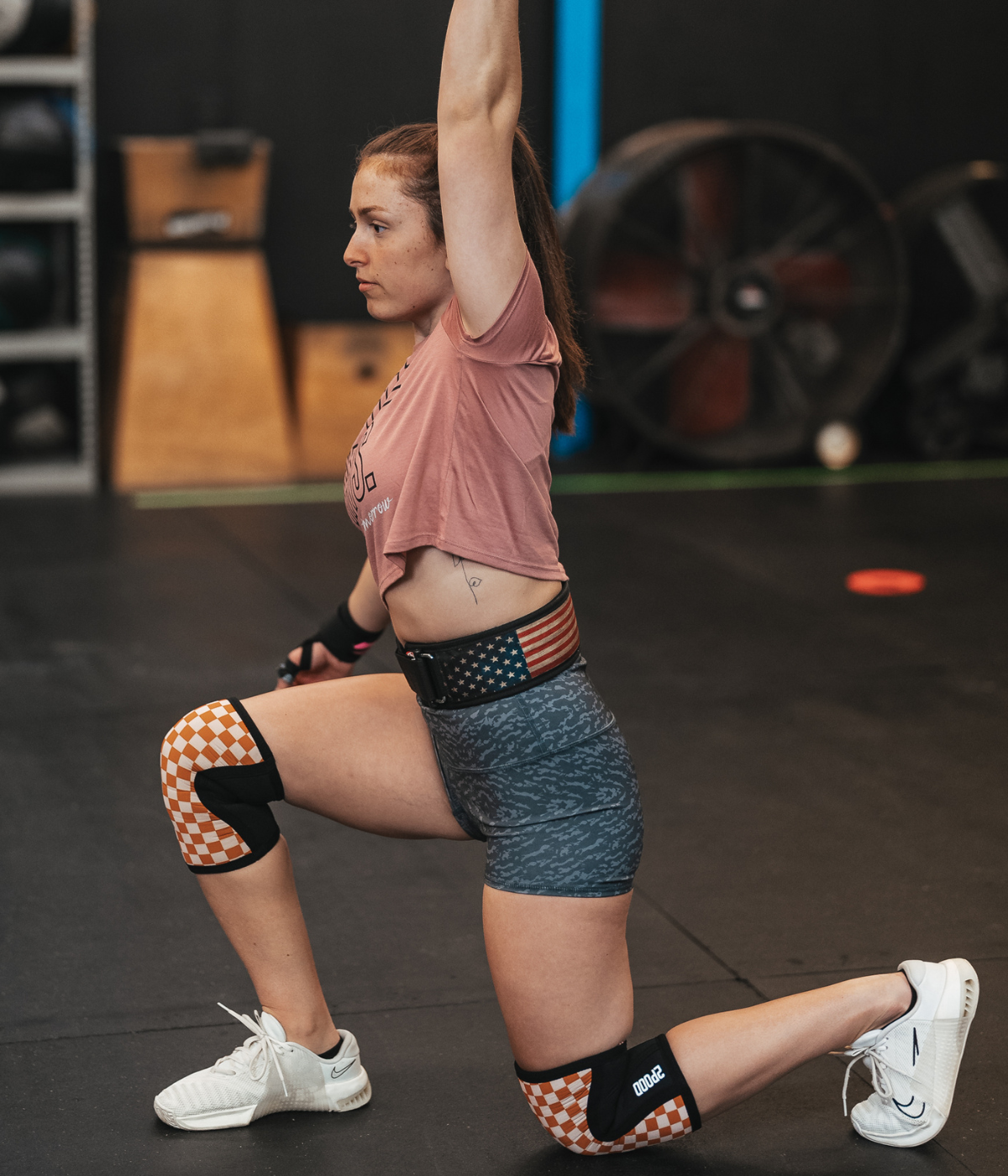
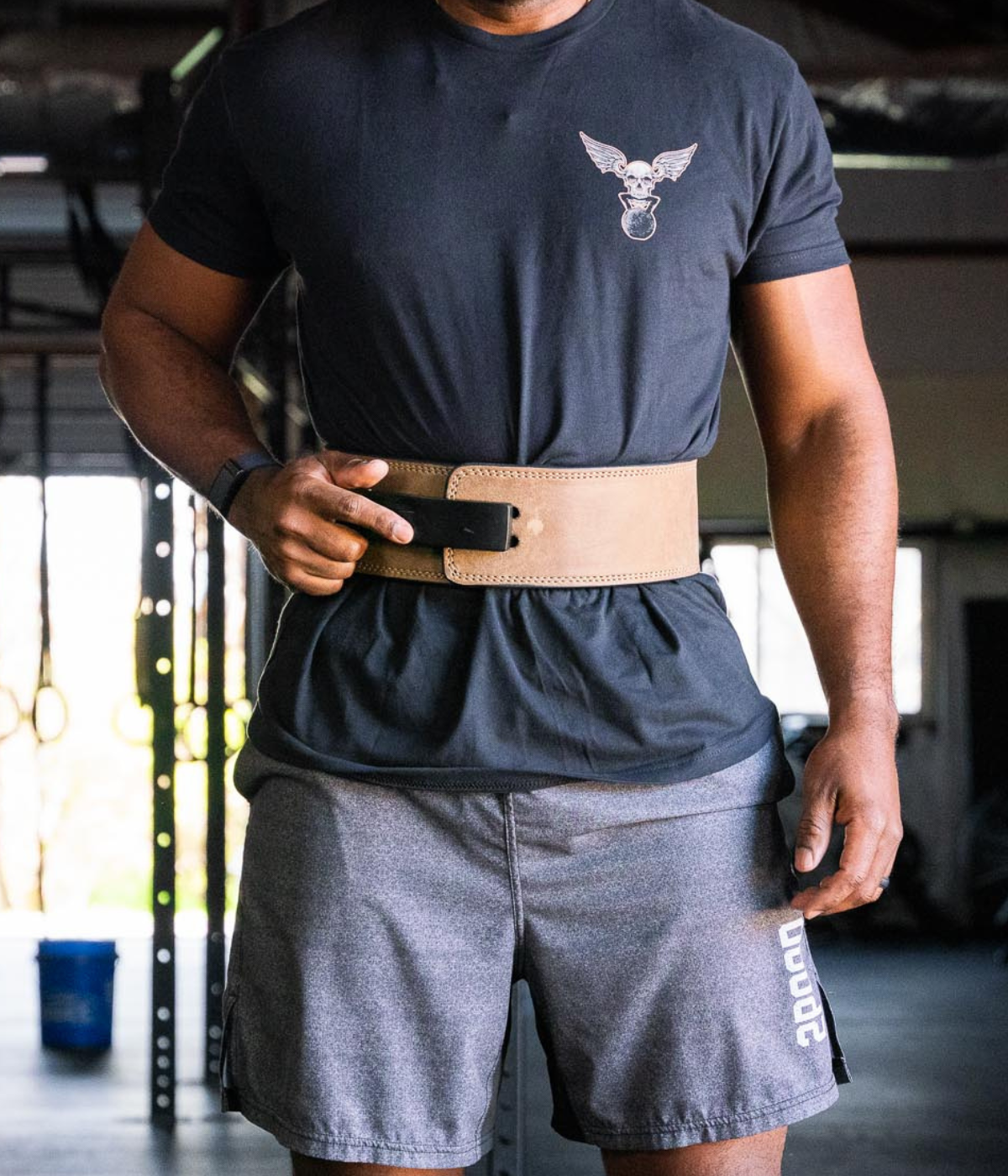
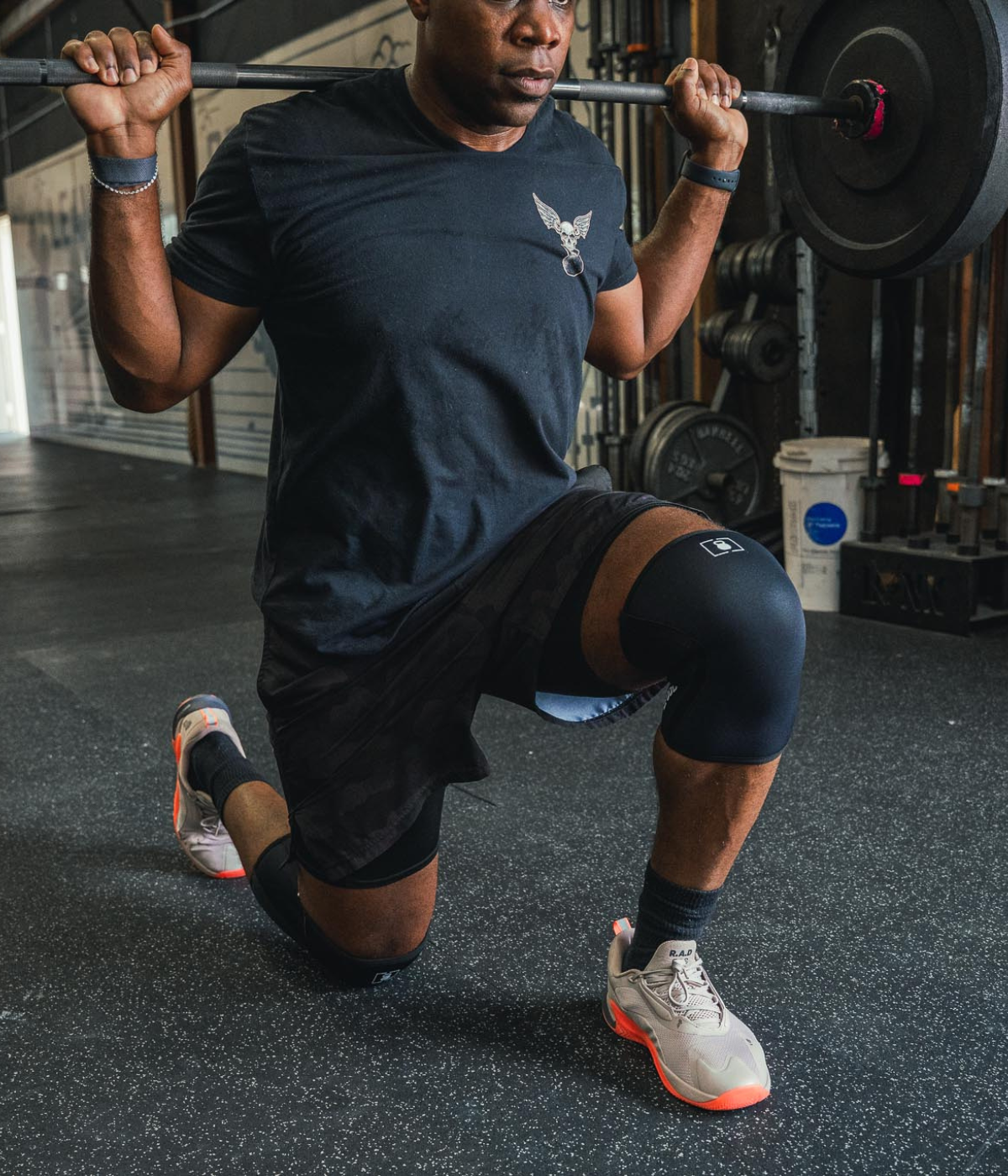
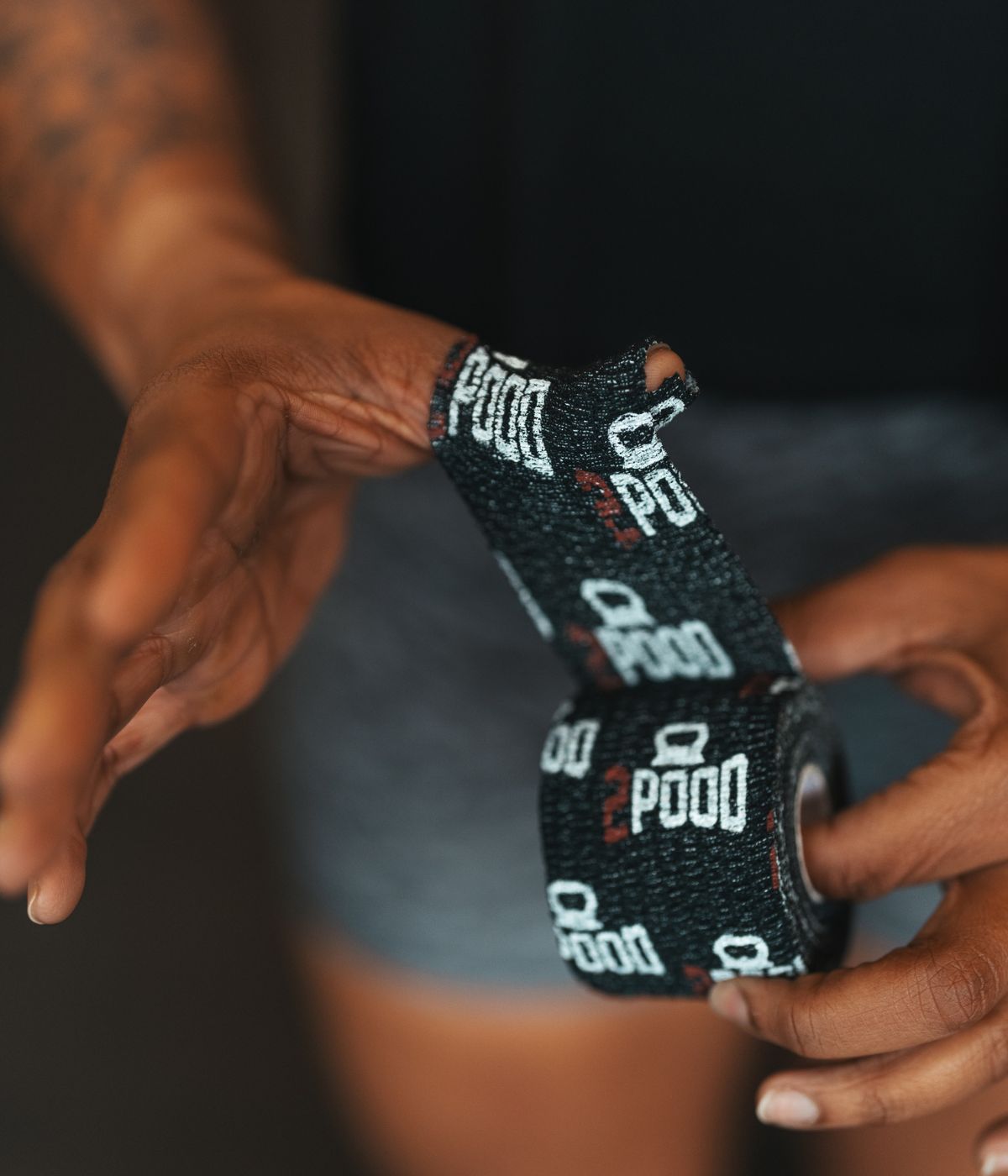
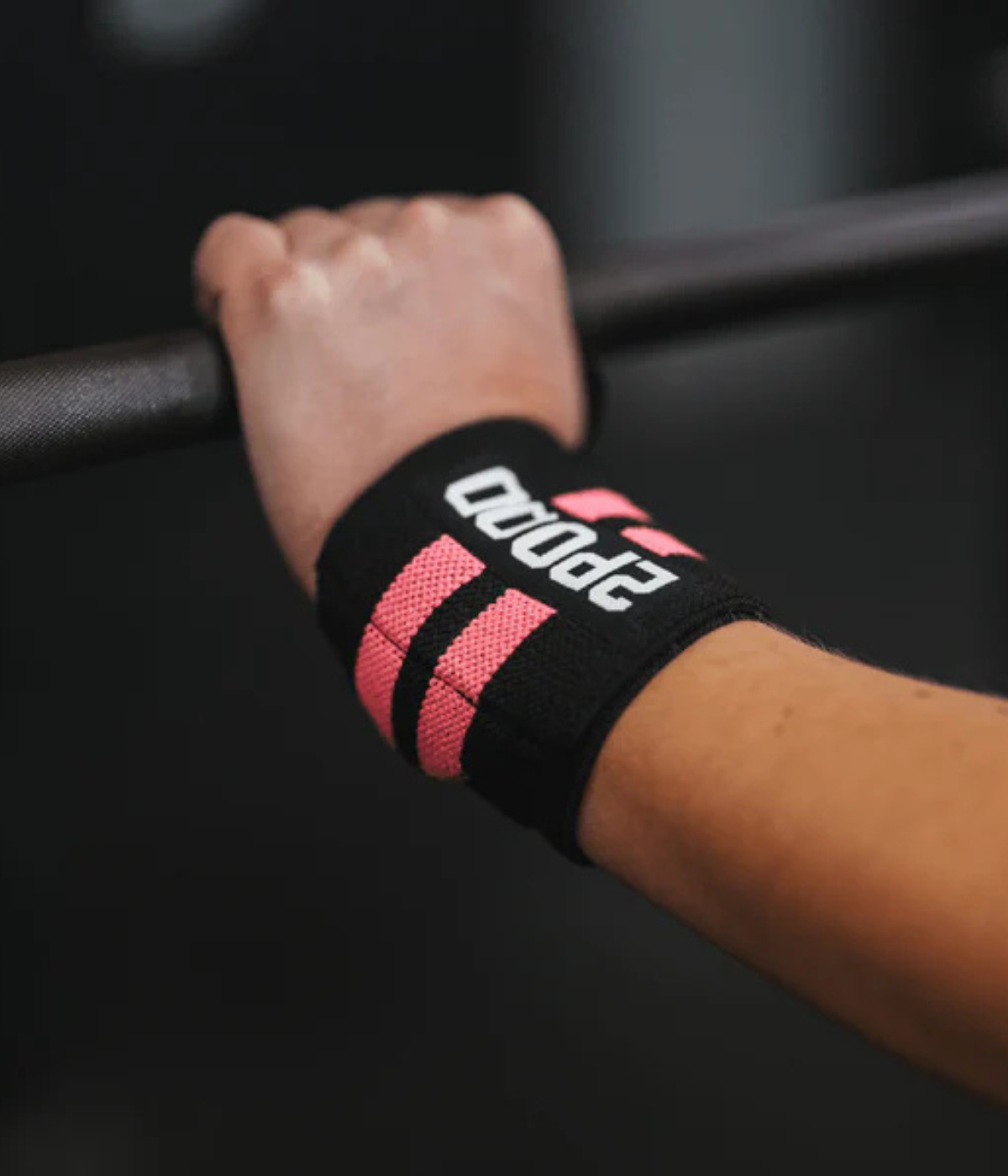
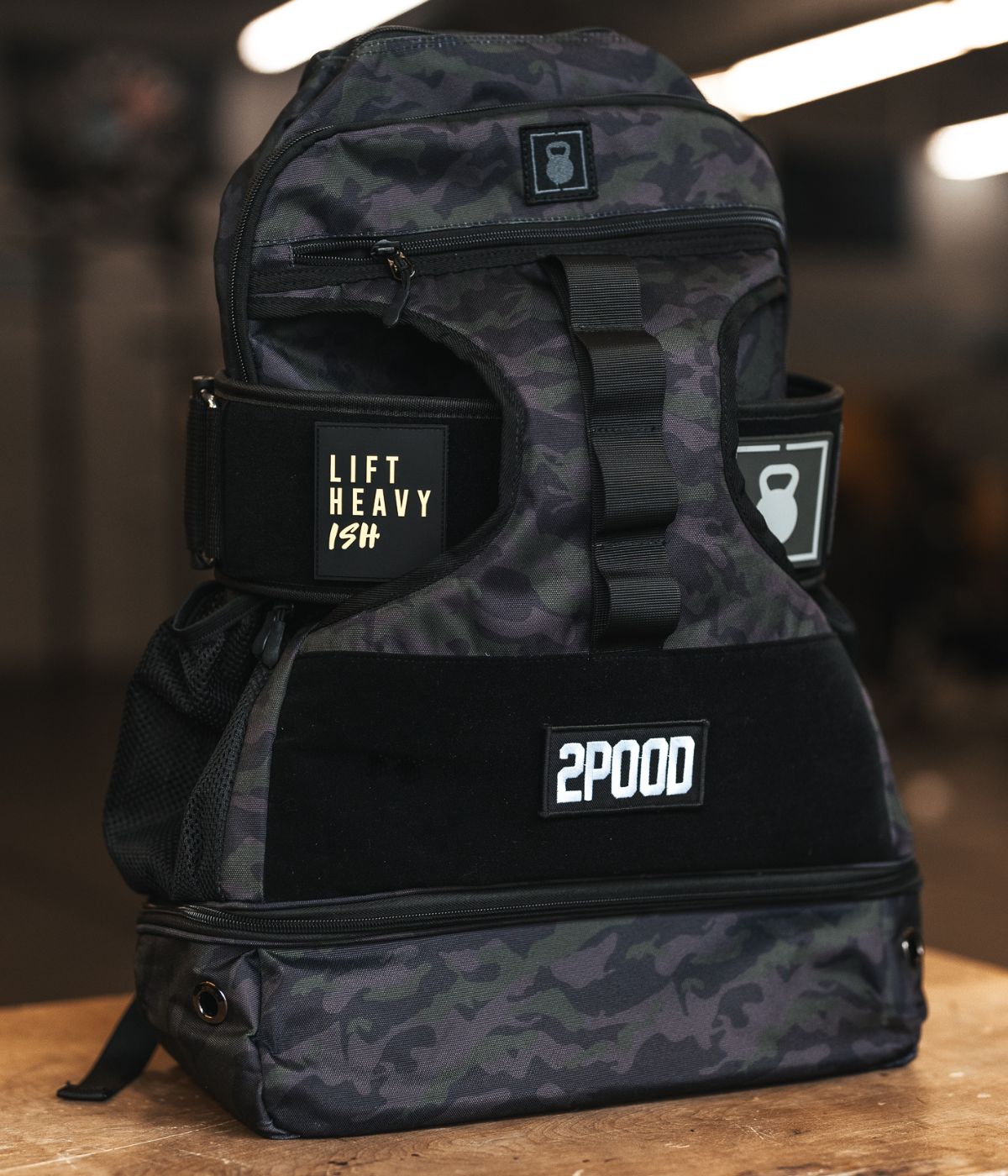
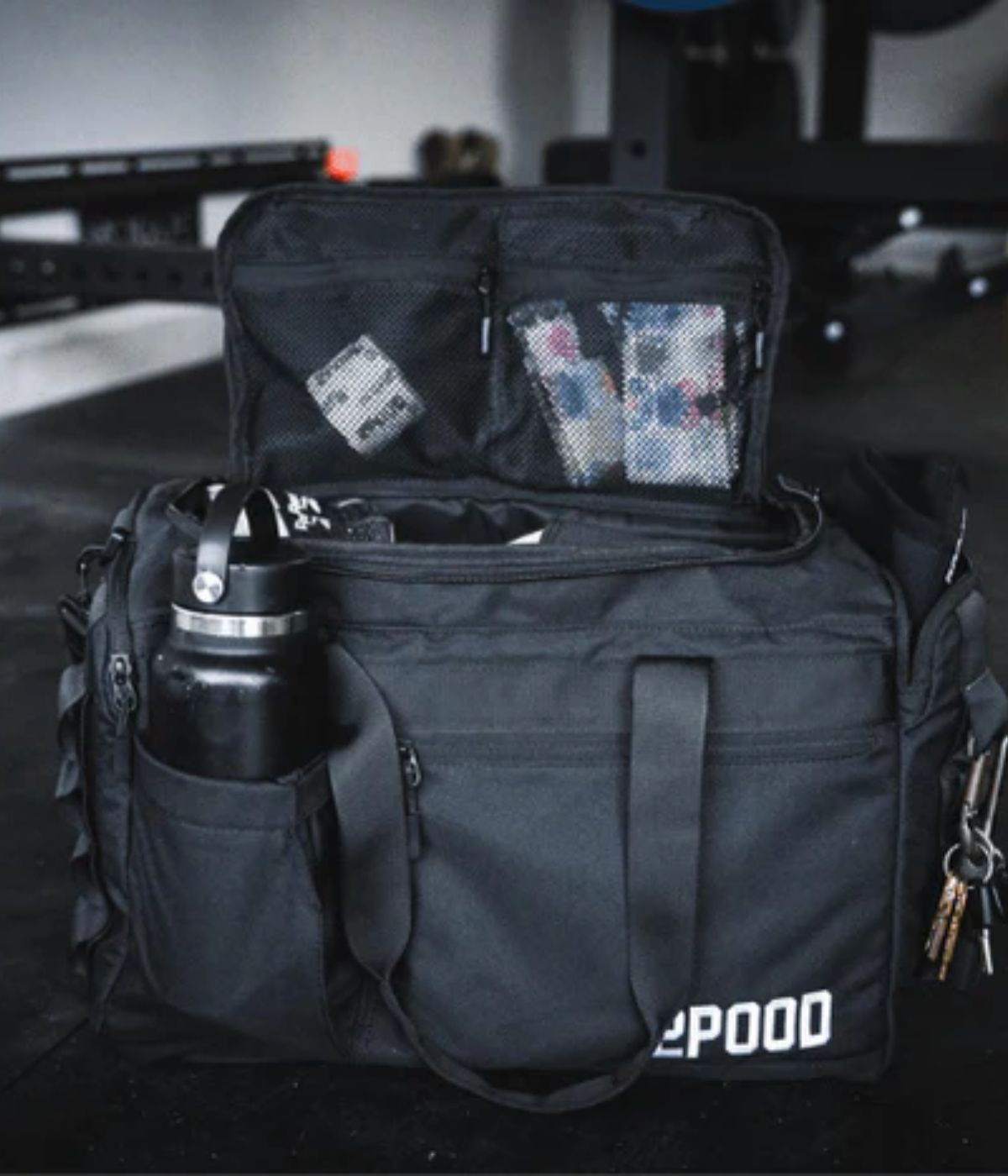
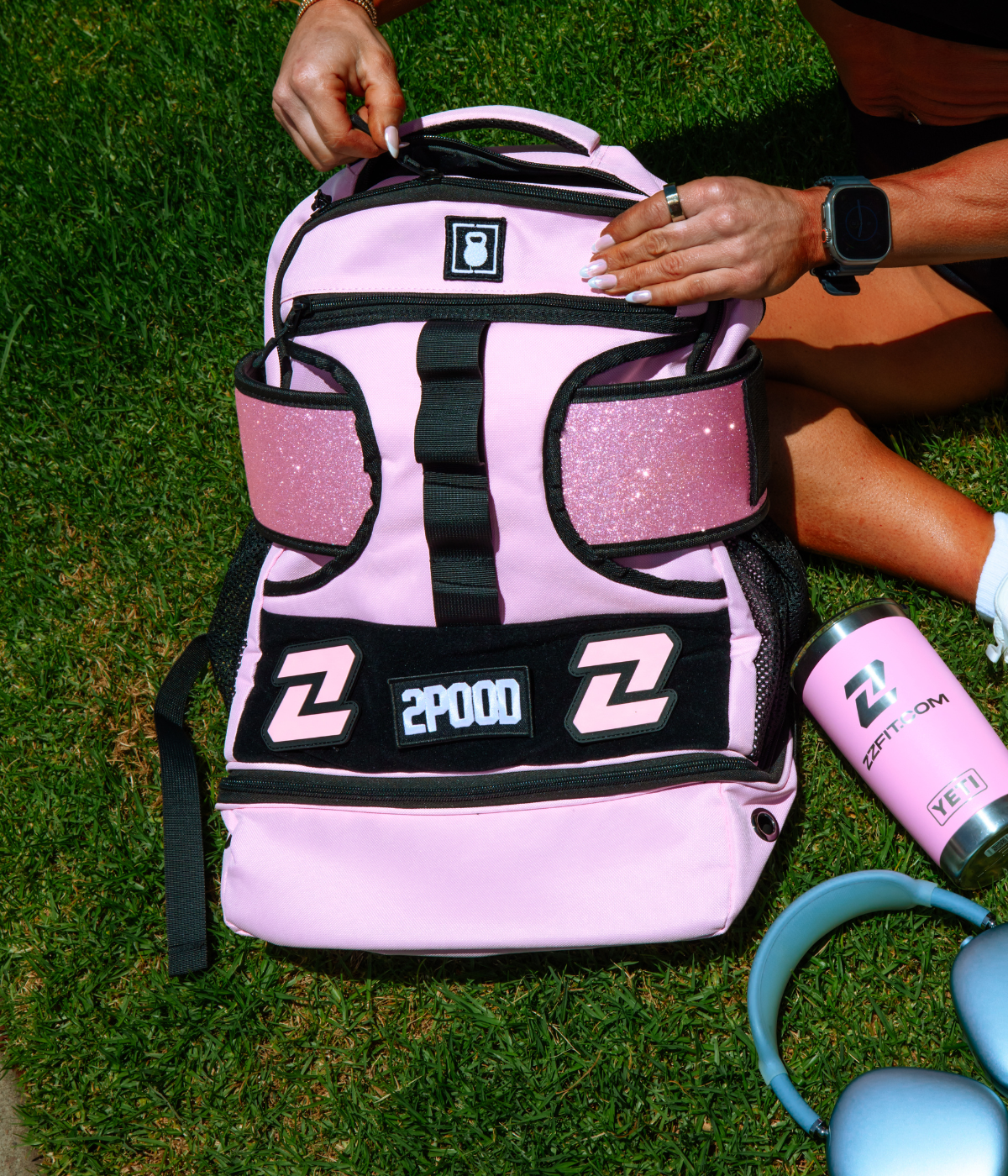
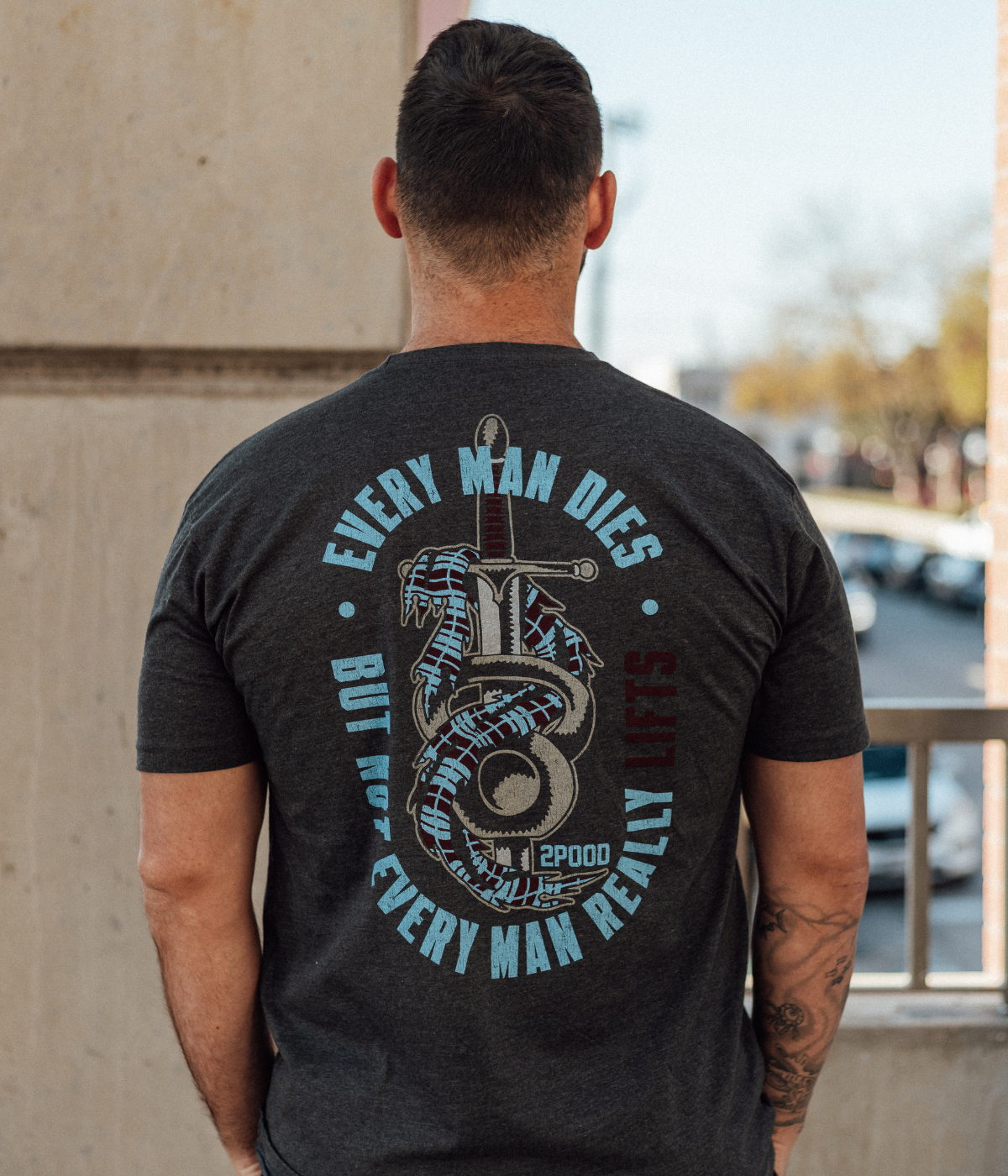

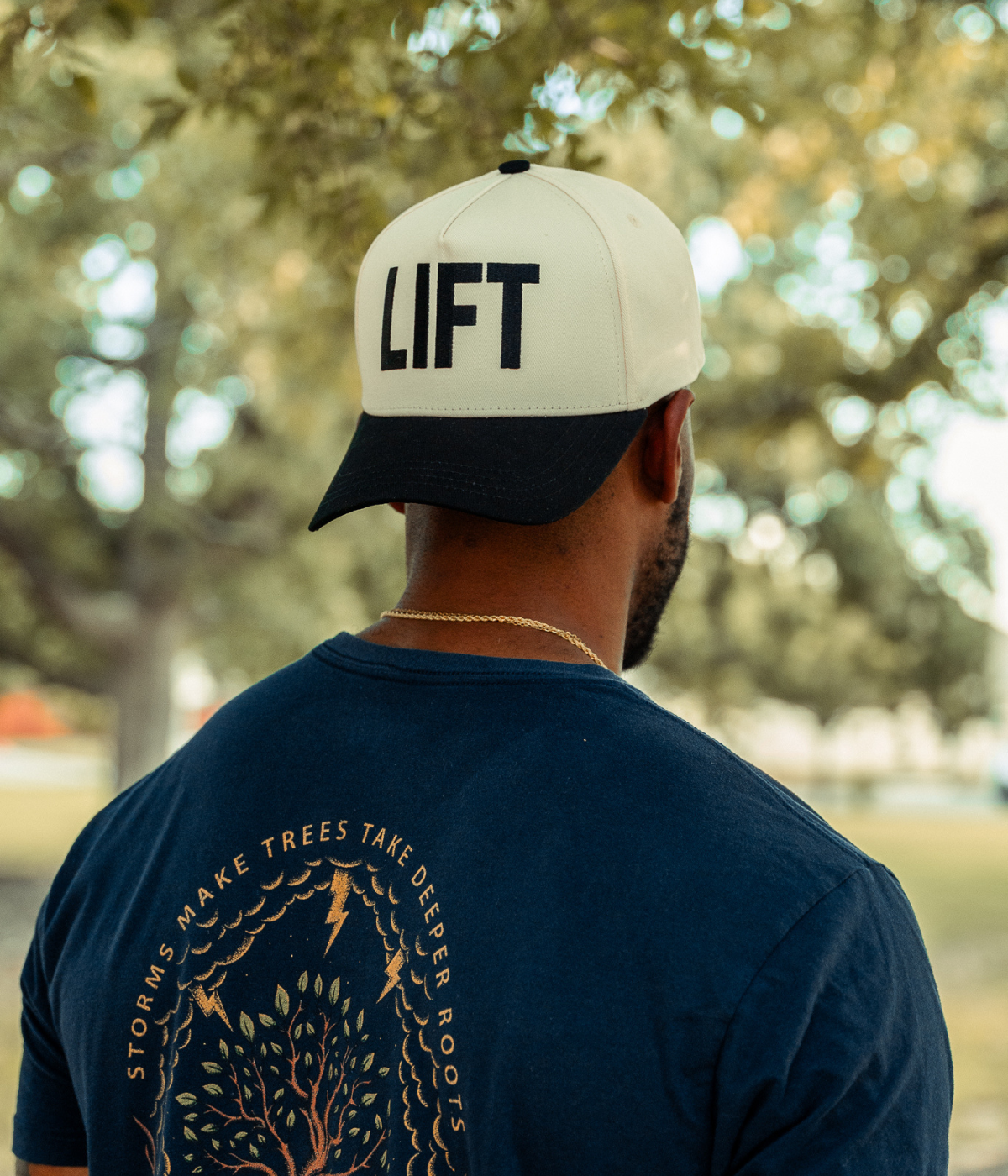
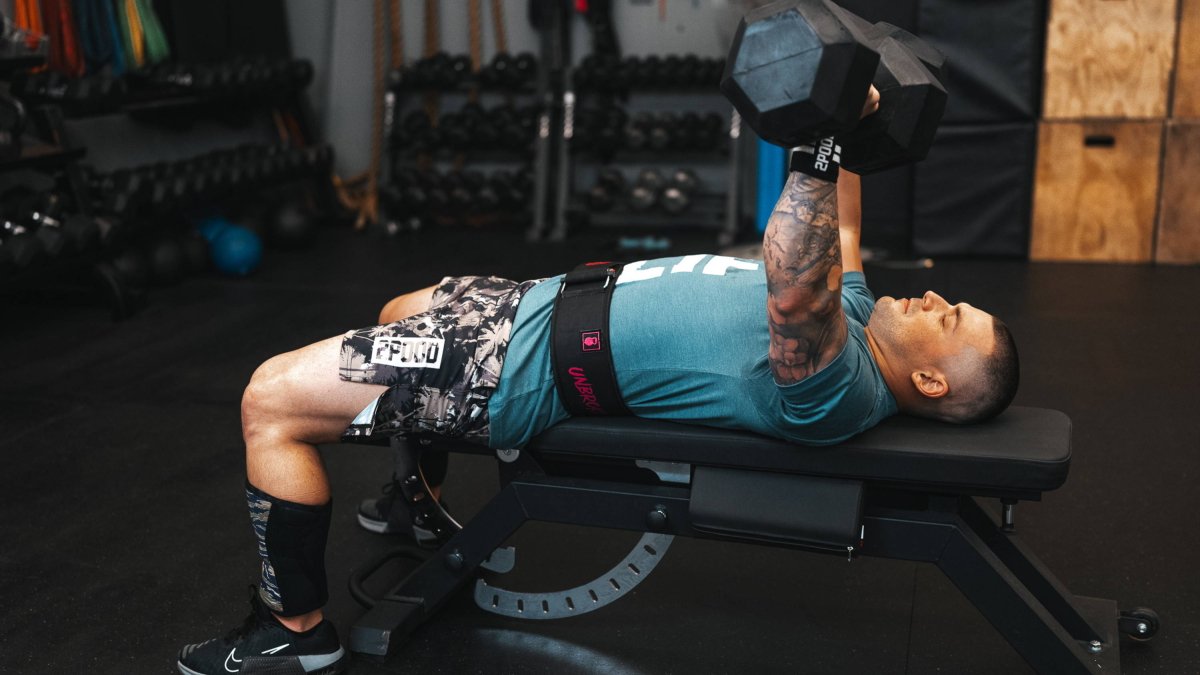
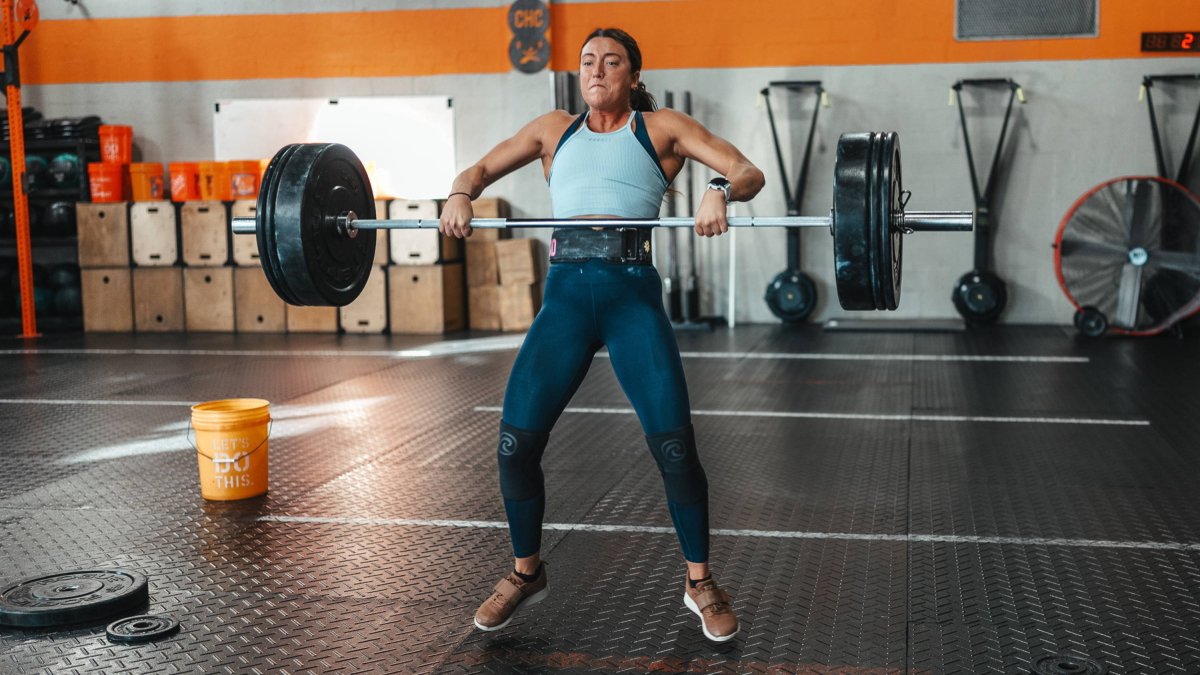
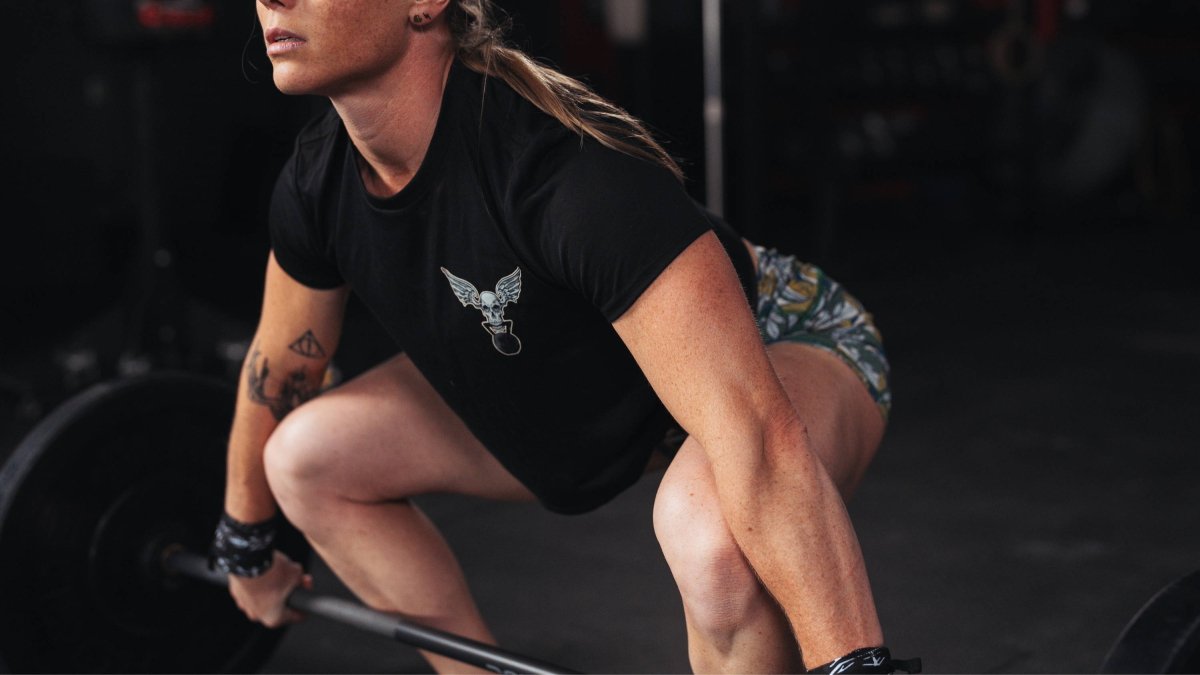
Leave a comment
All comments are moderated before being published.
This site is protected by hCaptcha and the hCaptcha Privacy Policy and Terms of Service apply.